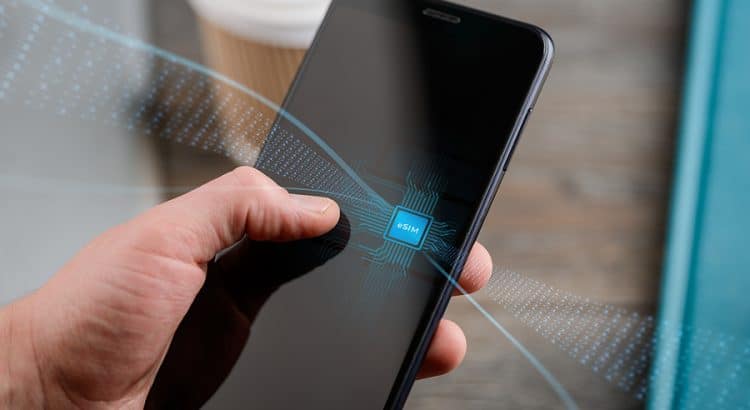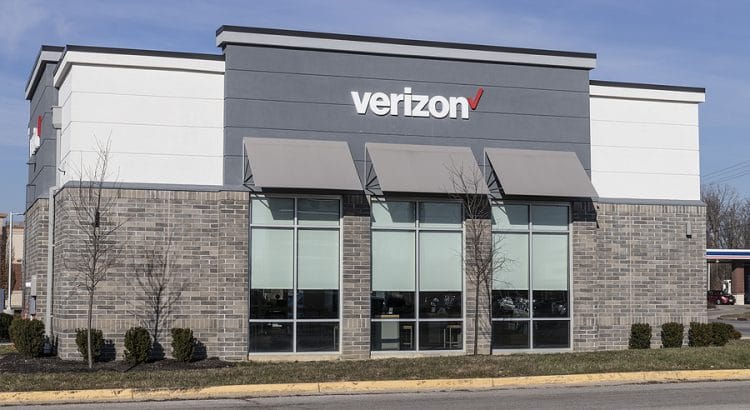In October, US Mobile launched two plans that I thought were some of the best bargains on the market. Both plans included unlimited minutes and texts. At the time the plans were launched, a $30 per month plan included 10GB of data each month, and a $15 per month plan included 2.5GB of data each month.
In December, U.S. Mobile sweetened the deal. Without raising prices, U.S. Mobile boosted the data allotment on the $15 plan to 3.5GB and the allotment on the $30 plan to 30GB.
Today, U.S. Mobile is at it again. The $15 plan now has a data allotment of 5GB. Two amazing new plans are also available:
- 12GB – $20 per month
- 18GB – $25 per month
While US Mobile’s prices are outstanding, potential customers should know that US Mobile tends to have higher fees than most low-cost carriers. After taxes and fees, the final cost of these US Mobile plans will usually come out about $5 per month higher than the plans’ base prices.
The plans are available over either Verizon’s network (“Super LTE” in US Mobile’s words) or T-Mobile’s network (“GSM LTE”). You can find more details about the plans on US Mobile’s website.










